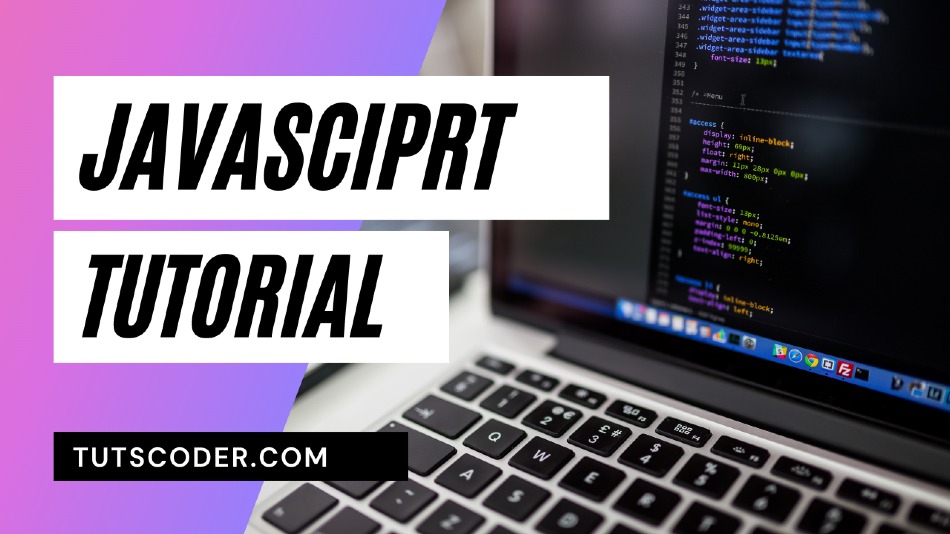Ever wondered why some JavaScript functions seem to "remember" variables even after their parent function has finished executing? Welcome to the fascinating world of closures – one of JavaScript's most powerful and misunderstood features.
JavaScript closures are fundamental concepts that every developer encounters, yet many struggle to fully grasp their practical applications. Whether you're preparing for JavaScript interviews or looking to write more efficient code, understanding closures will transform how you approach JavaScript programming.
What Are JavaScript Closures? Understanding the Core Concept
A closure is a function that has access to variables in its outer (enclosing) lexical scope even after the outer function has returned. Think of it as a function with a "memory" – it remembers the environment in which it was created.
The Magic Behind JavaScript Closures
Imagine you're at a coffee shop where the barista (person who prepares and serves espresso-based coffee drinks and other beverages) remembers your usual order even when you don't explicitly tell them. That's essentially what closures do in JavaScript – they create a persistent connection between a function and its surrounding variables.
// Simple closure example
function outerFunction(x) {
// This variable is in the outer function's scope
function innerFunction(y) {
return x + y; // Inner function uses outer function's variable
}
return innerFunction;
}
const addFive = outerFunction(5);
console.log(addFive(3)); // Returns 8How JavaScript Closures Work: The Technical Deep Dive
Lexical Scoping in JavaScript
Before diving into closures, it's crucial to understand lexical scoping. In JavaScript, functions are executed using the scope chain that was in effect when they were defined, not when they're called.
The Closure Creation Process
When a function is created in JavaScript, it automatically gets access to:
- Its own local variables
- Variables from its parent function's scope
- Global variables
This creates what we call a closure scope chain – a hierarchical structure that preserves variable access across different execution contexts.
Real-World JavaScript Closure Examples and Applications
1. Data Privacy and Encapsulation
One of the most practical uses of closures is creating private variables in JavaScript, which doesn't have built-in private members.
Real-life analogy: Think of a bank account where only authorized methods can access your balance. The balance remains private, but you can interact with it through specific functions.
function createBankAccount(initialBalance) {
let balance = initialBalance; // Private variable
return {
deposit: function(amount) {
balance += amount;
return balance;
},
withdraw: function(amount) {
if (amount <= balance) {
balance -= amount;
return balance;
}
return "Insufficient funds";
},
getBalance: function() {
return balance;
}
};
}
const myAccount = createBankAccount(1000);
console.log(myAccount.getBalance()); // 1000
myAccount.deposit(500);
console.log(myAccount.getBalance()); // 15002. Function Factories and Customization
Closures enable you to create specialized functions based on specific parameters.
Real-life analogy: Like a custom pizza maker who remembers your preferred toppings and creates personalized pizzas every time you order.
function createMultiplier(multiplier) {
return function(number) {
return number * multiplier;
};
}
const double = createMultiplier(2);
const triple = createMultiplier(3);
console.log(double(5)); // 10
console.log(triple(5)); // 153. Event Handlers and Callbacks
Closures are extensively used in event handling and asynchronous programming.
Real-life analogy: Like setting up a security system that remembers specific instructions for different types of alerts.
Common JavaScript Closure Interview Questions and Answers
Question 1: What's the output of this closure example?
Understanding closure behavior in loops is a frequent interview topic.
for (var i = 0; i < 3; i++) {
setTimeout(function() {
console.log(i);
}, 100);
} Answer: This prints "3" three times because of how closures work with var declarations. The closure captures the reference to i, not its value.
Question 2: How do you fix the loop closure problem?
Multiple solutions exist:
- Using
letinstead ofvar - Using IIFE (Immediately Invoked Function Expression)
- Using
bind()method
Question 3: Explain closure memory management
Closures can potentially cause memory leaks if not handled properly. Understanding when closures prevent garbage collection is crucial for performance optimization.
JavaScript Closure Best Practices and Performance Considerations
Memory Management with Closures
While closures are powerful, they can impact memory usage if not managed carefully:
- Avoid unnecessary closures in performance-critical code
- Clean up references when closures are no longer needed
- Be mindful of closure scope to prevent memory leaks
When to Use Closures
Closures are ideal for:
- Creating private variables and methods
- Implementing the module pattern
- Event handling with state preservation
- Function factories and customization
- Partial application and currying
When to Avoid Closures
Consider alternatives when:
- Simple functionality doesn't require state preservation
- Performance is critical and closures add unnecessary overhead
- Code readability might be compromised
Conclusion: Mastering JavaScript Closures for Better Code
JavaScript closures are more than just a language feature – they're a fundamental concept that enables elegant, efficient, and maintainable code. By understanding how closures work and when to apply them, you'll write more sophisticated JavaScript applications.
Remember, closures aren't just about technical interviews – they're practical tools that solve real-world programming challenges. From creating private variables to implementing complex design patterns, closures provide the foundation for advanced JavaScript programming.
Whether you're building modern web applications, working with frameworks like React or Vue, or preparing for technical interviews, mastering closures will significantly enhance your JavaScript expertise.
Frequently Asked Questions About JavaScript Closures
Q: What's the difference between closure and scope in JavaScript?
A: Scope determines where variables can be accessed, while closures allow functions to access variables from their outer scope even after the outer function has finished executing. Closures essentially "close over" variables from their lexical scope.
Q: Do closures affect JavaScript performance?
A: Closures can impact performance if overused, as they prevent garbage collection of variables in their scope. However, for most applications, the performance impact is negligible compared to the benefits they provide.
Q: Can closures access variables from any outer scope?
A: Yes, closures can access variables from any outer scope in their scope chain, including global variables, function parameters, and variables from multiple nested function levels.
Q: How do closures work with asynchronous code?
A: Closures are particularly useful with asynchronous code because they preserve the state of variables when callbacks or promises execute later. This makes them essential for handling events, API calls, and timers.
Q: Are closures unique to JavaScript?
A: No, closures exist in many programming languages including Python, Swift, and Kotlin. However, JavaScript's implementation and use cases are particularly prominent due to its functional programming capabilities.
Q: How do I know if I'm creating a closure?
A: You're creating a closure whenever a function accesses variables from its outer scope. If an inner function uses variables from its parent function, you've created a closure.
Q: Can closures be used for object-oriented programming?
A: Yes, closures can simulate private methods and variables in JavaScript, providing encapsulation similar to traditional OOP languages. This is often called the "revealing module pattern."
Q: What happens to closure variables when the outer function returns?
A: The variables remain accessible to the inner function even after the outer function returns. JavaScript's garbage collector keeps these variables alive as long as they're referenced by the closure.







Leave a Comment
Share Your Thoughts